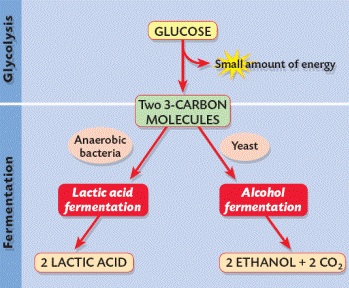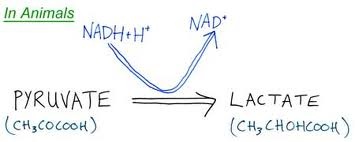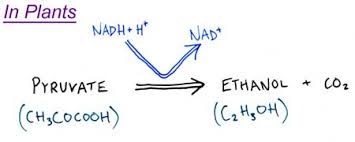Introduction

Anaerobic respiration is a type of respiration that doesn't require oxygen. It produces less ATP and is used when there isn't enough oxygen for aerobic respiration to occur and make ATP. Pyruvic acid uses the electron transport chain to complete anaerobic respiration. This type of respiration does not use oxygen as electron acceptors. The stages of anaerobic respiration are glycosis, Krebs cycle, electron Transport cycle.
Task


You will go through the three links on the following page and find out more information on anaerobic respiration.
Answer the questions using the websites as your resources.
Process
http://www.diffen.com/difference/Aerobic_Respiration_vs_Anaerobic_Respi…
1. Name one difference and one similarity between anaerobic respiration and aerobic respiration.
2. Where does anaerobic respiration occur?
3. What is the waste product of fermenation in anaerobic respiration?
http://education-portal.com/academy/lesson/lactic-acid-fermentation-def…
1. What is latic acid fermentation?
2. What would be a situation in which you would need to use anaerobic respiration and why?
3. What is the simple equation for lactic acid fermentation?
http://www.icr.org/article/glycolysis-alcoholic-fermentation/
1. When there is little oxygen avaliable muscles obtain energy by what process?
2. What two processes are anaerobic processes that begin with sugar?
3. Which respiration process is believed to have occurred first and why?
Conclusion

From looking through this website you can conclude many things about anaerobic respiration. There are advantages and disadvantages to not needing oxygen for respiration. You make less ATP but you can quickly produce it so it is good for long periods of excerise such as running long distance.